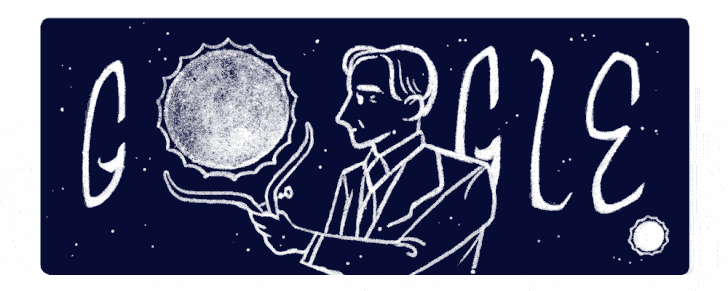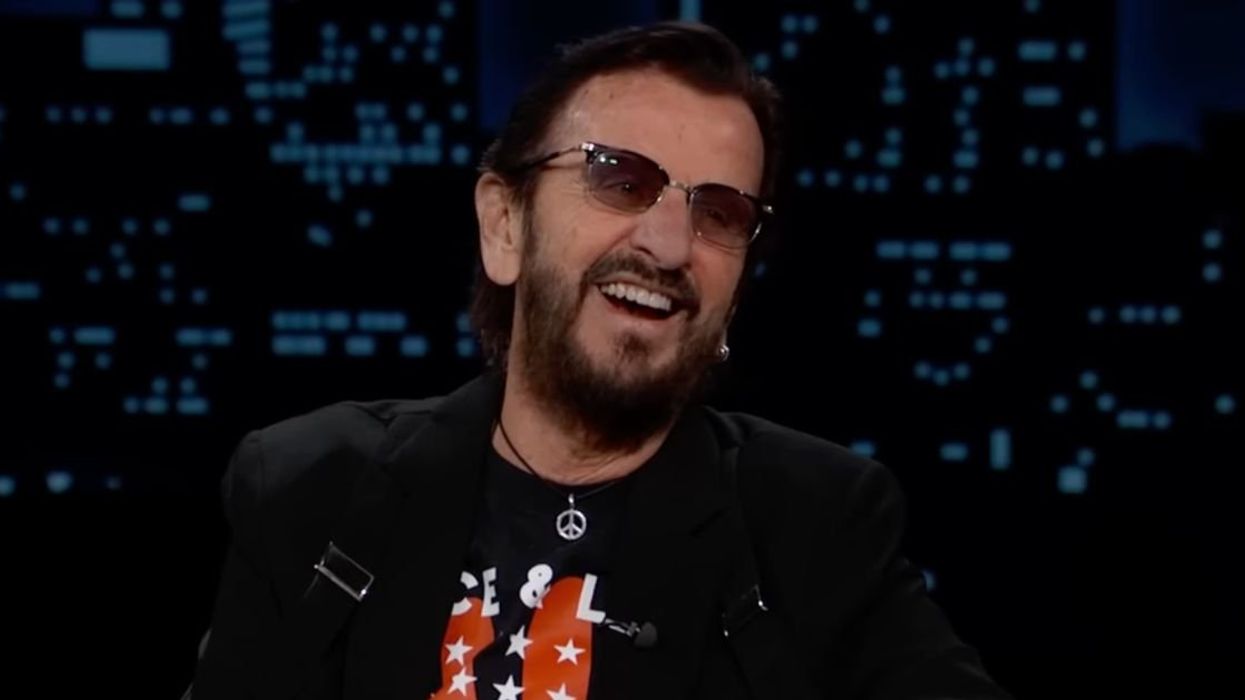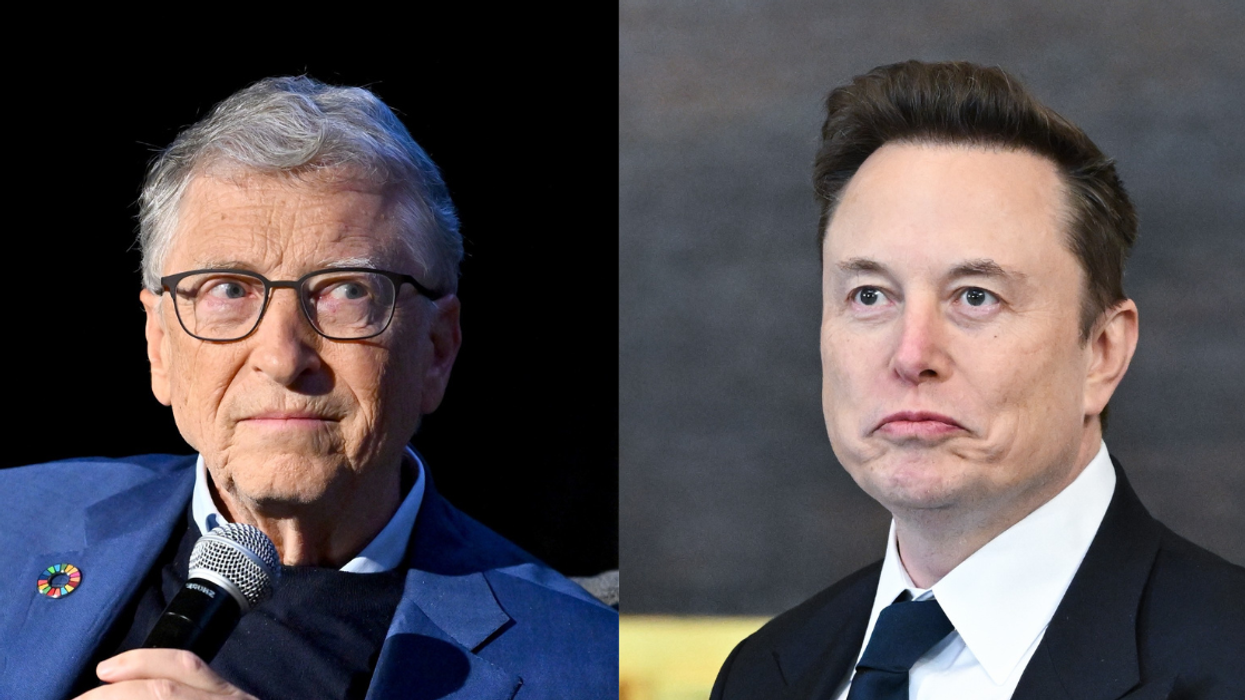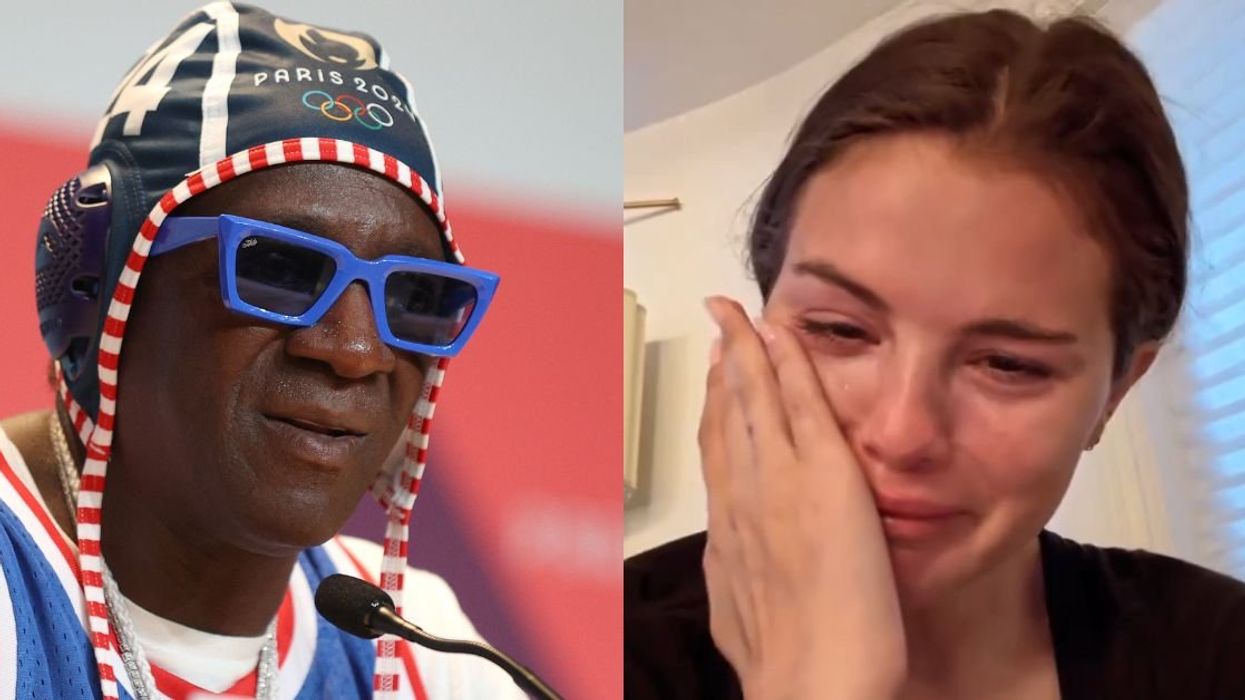Today's Google Doodle celebrates Indian scientist Subrahmanyan "Chandra" Chandrasekhar, the first astrophysicist to win a Nobel Peace Prize. Chandrasekhar calculated the "Chandrasekhar limit" at age 19 in India, which was originally rejected by a scientific community that did not yet believe in black holes, the premise of Chandra's discovery.
The Chandrasekhar limit is the maximum mass that a stable white dwarf star is capable of. A dwarf star has a mass comparable to that of the Sun and a volume that is comparable to that of Earth. When the Chandrasekhar limit is surpassed, the star's core is not able to balance the star's own gravitational self-attraction and thus creates either a "stellar remnant," like a neutron star or a black hole.
White dwarf stars under the Chandrasekhar limit remain white dwarf stars. Our sun is currently a yellow dwarf, but it will eventually become a white dwarf. According to the White Dwarf Research Corporation, "About 5 billion years from now, the hydrogen fuel in the center of the Sun will begin to run out and the helium that has collected there will begin to gravitationally contract, increasing the rate of hydrogen burning in a shell surrounding the core... These elements will collect in the center of the star, which will then shed most of its red giant envelope... and emerge as a hot white dwarf star."
To understand this, we have Chandrasekhar to thank.
Learn more about the man behind today's Google Doodle on what would be his 107th birthday here:
1. He Was Born in Modern Pakistan

Chandrasekhar was born on October 19, 1910, in Lahore, Punjab, British India, an area that is now part of Pakistan. Intellectual blood ran Chandrasekhar's through his family. His uncle was the Indian physicist and Nobel laureate, C. V. Raman, and his mother translated a Norwegian play into Tamil, an Indian language.
According to Google, "A child prodigy, Chandra published his first paper and developed his theory of star evolution before turning 20. By age 34, he was elected to the Royal Society of London, and soon after, became a distinguished service professor of physics."
Chandrasekhar was awarded the Nobel Prize in 1983, at 73 years of age.
2. He Was Part of the Manhattan Project
Prior to his recognition, Chandrasekhar moved to the United States where he was invited by Robert Oppenheimer to join the Manhattan Project during World War II, but his security clearance was delayed and he wasn't able to fully contribute to the endeavor.
The Manhattan Project was the official research and development undertaking that led to the atomic bomb.
However, it has been rumored that Chandrasekhar was still able to unofficially contribute, which helped end the war.
After a lifetime of discovery, Chandrasekhar died in 1995 in Chicago.
3. It Is the Start of Diwali
Chandrasekhar was of Hindu descent, despite being an atheist.
It is fitting that on Chandrasekhar's birthday Google Doodle that it should also be the start of Diwali, the Hindu festival of lights.
Diwali is celebrated every autumn and extends for a five day period. It is officially the Hindu New Year.
Please SHARE this with your friends and family.








 @sarahcelesteking/TikTok
@sarahcelesteking/TikTok @sarahcelesteking/TikTok
@sarahcelesteking/TikTok @sarahcelesteking/TikTok
@sarahcelesteking/TikTok @sarahcelesteking/TikTok
@sarahcelesteking/TikTok @sarahcelesteking/TikTok
@sarahcelesteking/TikTok @sarahcelesteking/TikTok
@sarahcelesteking/TikTok @sarahcelesteking/TikTok
@sarahcelesteking/TikTok @sarahcelesteking/TikTok
@sarahcelesteking/TikTok @sarahcelesteking/TikTok
@sarahcelesteking/TikTok @sarahcelesteking/TikTok
@sarahcelesteking/TikTok @sarahcelesteking/TikTok
@sarahcelesteking/TikTok @sarahcelesteking/TikTok
@sarahcelesteking/TikTok @sarahcelesteking/TikTok
@sarahcelesteking/TikTok





 @gmakenzie/TikTok
@gmakenzie/TikTok @gmakenzie/TikTok
@gmakenzie/TikTok @gmakenzie/TikTok
@gmakenzie/TikTok @gmakenzie/TikTok
@gmakenzie/TikTok @gmakenzie/TikTok
@gmakenzie/TikTok @gmakenzie/TikTok
@gmakenzie/TikTok @gmakenzie/TikTok
@gmakenzie/TikTok @gmakenzie/TikTok
@gmakenzie/TikTok @gmakenzie/TikTok
@gmakenzie/TikTok @gmakenzie/TikTok
@gmakenzie/TikTok

